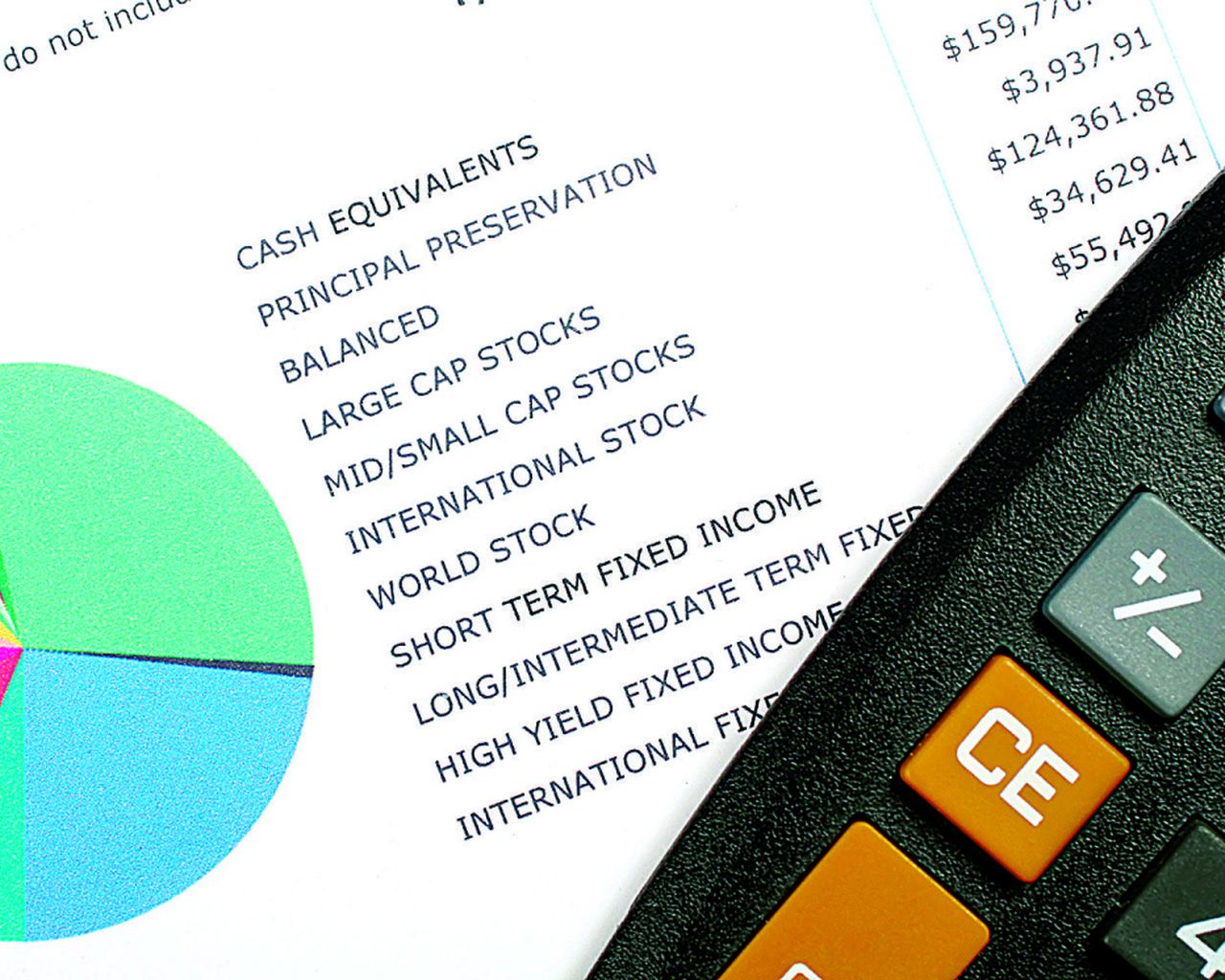

Balanced Mutual Funds – Invest with Einvestment
What are Balanced Mutual Funds?
Balanced mutual funds are the funds that usually consist of both stocks and bonds. Basically, balanced funds stick to a fixed asset allocation of stocks and bonds. For example, 75% stocks and 25% bonds. Bonds are debt instruments that usually pay fixed income.
The investment objective for balanced funds tends to be a hybrid of income and growth, which leads to the balanced nature of the fund. Balanced mutual funds are designed for investors who seek to invest for a combination of security, stability, sustainable income and capital appreciation, similarly to conservative mutual funds but with insignificantly higher risks. Generally, balanced mutual funds invest money across low-to-medium risk stocks and bonds. In some cases balanced mutual funds invest money in more than 2 asset classes. The amount invested in each asset class usually stays in line with minimum and maximum value.
Balanced fund managers do not typically change the asset mix in the fund’s portfolio, so there is no adjustment of holdings as in life-cycle funds, which rebalance the assets to reduce the risk by retirement date. Balanced mutual funds also differ from Actively Managed Funds, which may adjust the strategy along with changing of investor’s financial goals and risk profile.

Benefits of Balanced Mutual Funds
Balanced Funds have significantly lower total expense ratios which reflect the costs of the fund. This fact makes these funds a cost-efficient and comparably low risk investment opportunity. Moreover, such funds automatically allocate invested funds across a broad range of types of stocks, so market risks are minimized if some stocks or even sectors do not achieve the objective and underperform. Additionally, Balanced Funds enable investors to withdraw funds periodically without effect on asset allocation.
Balanced funds normally rebalance back to a target stock/bond mix, saving investors time and the stress of portfolio management, according to US News. Moreover, Balanced Mutual Funds is a great opportunity for retirement portfolio allocation, as investors can broadly diversify their portfolio to enjoy happy and hassle-free retirement.
Cons of Balanced Funds
On the other side, investor has no control on asset allocation when investing in Balanced Funds as it’s fully controlled by the fund. This may not match tax-efficient investing strategy of investor. Investors prefer to keep income-producing securities in tax-efficient investment accounts and growth stocks in taxable ones, but you can’t separate the two in a balanced fund. Additionally, investors cannot use a bond laddering strategy for adjusting cash flows and repayment of principal.
Why consider investing with Einvestment Fund?
If you are looking to invest your money in a Balanced Fund, you may take a closer look at selection of broadly-diversified investment products offered by Einvestment Fund. The fund is domiciled in the Cayman Islands, and offers offshore investment products that deliver superior returns since it’s inception in 2018. Einvestment opens unlimited access to global markets and gains 100% offshore exposure through allocation to different regions, sectors, asset classes and currencies.
Portfolio managers have deep knowledge and practical experience in the most of promising sectors selected for investing. Deep roots and “on the ground” knowledge is the key to maximize the efficiency of investments and reduce the risks. Additionally, the Fund offers low investment minimums and charges no entry fees, no annual fees and no management fees.
In addition, the fund investment offerings have a 2 year subscription period, which makes the products suitable for investors looking for short-term investments for a period of less than 3 years. If you are planning to invest for a period longer than 2 years, you may borderlessly extend your subscription agreement and even compound your earnings if necessary.
10 Key Highlights:
- Experienced management team with over 200+ years of combined asset management experience
- Long track record. Over 315%* total return in less than 3 years.
- Competitive fees where investors pay only performance fee from positive returns.
- Paperless account setup and electronic signatures – enjoy modern and secure investment platform.
- Real-time reporting – watch how we grow your wealth online anytime.
- Monthly income distributions – power your monthly income with advanced mutual fund.
- High Liquidity – Redeem your capital anytime with just 2.99% early redemption fee.
- Reduced fees for retirees. Invest for retirement with just 15% performance fee.
- Tax-efficient. Domiciled in one of the most reputable offshore jurisdictions for Balanced Mutual Funds.
- Exposure to crypto market*. Suits for those who looks to invest in crypto mutual funds.
* Total Return of 316%+ is a return generated by top investment product of the fund that invests in a mix of assets consisting of traditional securities and digital assets.
More information: Compare investment products
Risks
Investing in Balanced Mutual Funds typically involves low-to-medium amount of risk depending on portfolio allocation strategy that was chosen by the fund manager or portfolio management team. If the fund invests in high volatile securities or digital assets, you should accept taking more risk. The more risky investment is, the higher hypothetical returns it may generate. If you are not ready to take higher risks, consider investing in Passive Funds or Index Funds.

However, investors need to always keep in mind that past performance is not a guarantee of future returns. High-risk investments can bring you higher returns, however there is a chance of capital loss in highly volatile markets like cryptocurrencies. If you are a moderately aggressive investor, then you might consider of investing in balanced funds. Historically, equity-oriented balanced funds have been found to deliver average returns in the range of 10%-12%, according to ClearTax.







